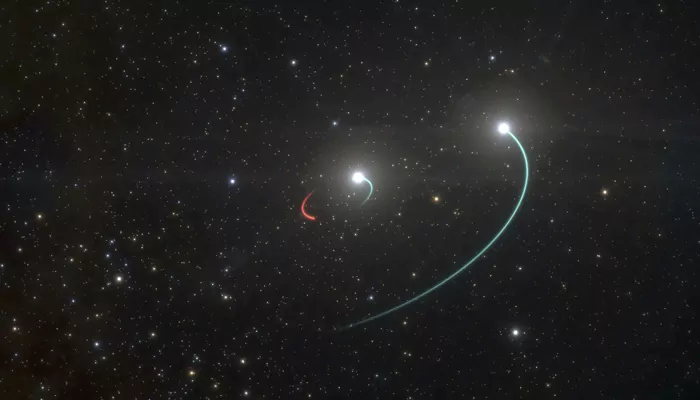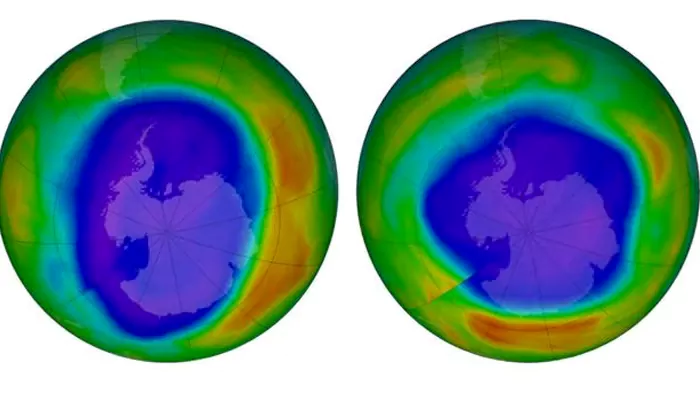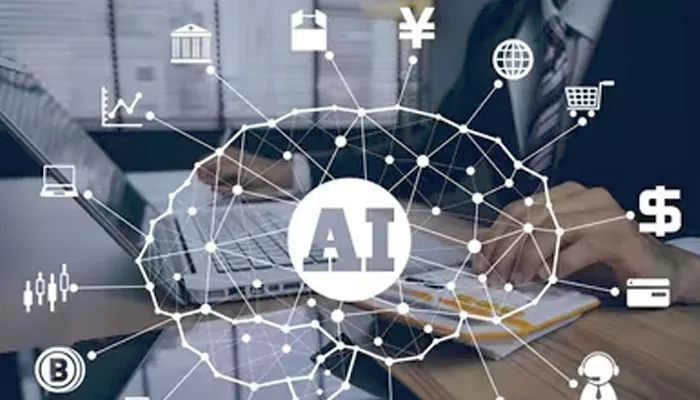
Here are today’s most important updates from the realm of Science and Space.
Fiction Turns Reality: Neuralink’s ‘Blindsight’ Device Gets FDA Approval
FDA gives 'Breakthrough Device Designation' to Elon Musk-owned Neuralink’s ‘Blindsight’. This special Designation is given to medical devices used in treatment or diagnosis of life-threatening conditions. Blindsight is designed to restore sight to individuals who have lost their eyes or optic nerves.
Neuralink owner Elon Musk tweeted "to set expectations correctly, the vision will first be at low resolution, like Atari graphics, but eventually it has the potential to be better than natural vision and enable you to see in infrared, ultraviolet or even radar wavelengths, like Geordi La Forge".
Hunting the Invisible: Advancement in Spotting Elusive Tiny Black Holes Passing Through

The dark matter attributes to 27% of the total universe's mass-energy content. Although being undetectable by conventional approaches, dark matter impose its gravitational effects on visible elements like stars and galaxies. However, a recent study found a novel approach of detecting tiny black holes. One tiny black hole may pass through solar system once every decade, which could be observed by watching Mars wobble.
A recent study by MIT Researchers revealed: “the presence of a tiny black hole speeding through the solar system could be identified by the gentle gravitational nudge it exerted on the Earth and other planets, which would alter their orbital paths by no more than a few feet”.
Fortunately, the scientists have those advanced tools to accomplish this.
Against All Odds: Ozone Layer's Strong Recovery Despite Tonga’s Mega Eruption

The World Meteorological Organization shared an exciting update about ozone layer which is on "the road to long-term recovery" despite the destructive volcanic eruption in the South Pacific in 2022. If the current trend persists, the ozone layer will be going back to 1980 levels by around 2066 over the Antarctic, 2045 over the Arctic and 2040 for the rest of the world, the United Nations agency report mentioned. The volcanic eruption near Tonga led to a short period of accelerated ozone layer depletion above Antarctica due to higher levels of atmospheric water vapour.
The harmful ultraviolet radiation from sun is prevented from reaching the earth’s atmosphere through the ozone layer, which has been largely replaced by hydrofluorocarbons or CFCs, one of the major sources of climate change and global warming.
AI's Ultimate Test: Experts Gear Up for Toughest Questions Yet

A group of technology experts has notified a global call for the most challenging and toughest questions to test the ability of artificial intelligence (AI) systems, a project named "Humanity's Last Exam”. As OpenAI's latest model has reportedly "destroyed" famous reasoning benchmarks, the Center for AI Safety (CAIS) and startup Scale AI took this special initiative. The aim of this project is to determine how AI attains expert-level capabilities while staying relevant with technology advancements.
This will include over 1,000 crowd-sourced questions, difficult for non-experts to answer, which will also undergo peer review. Scale AI will also provide co-authorship opportunities with a prize money upto $5,000. The last date of question submission is November 1, 2024.



.webp)
.WEBP)
.WEBP)
.webp)
.webp)


.webp)
.webp)
.webp)